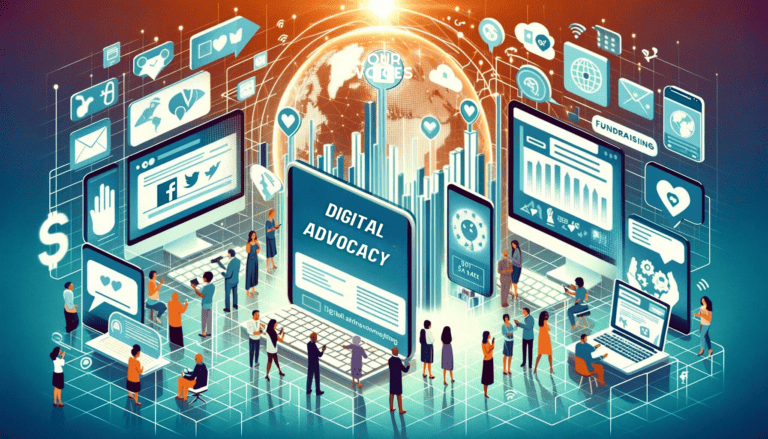Don’t Let Them Go: Best Practices for Donor Retention
If you’re in the nonprofit sector, you know that donor retention is a critical aspect of your organization’s success. Every year, nonprofits lose more donors than they gain, and this low donor retention rate can be detrimental. But here’s the good news: even small improvements in donor retention can lead to significant increases in revenue. So, if you’re feeling the FOMO for not having tackled this already, it’s time to focus on improving donor engagement.
Table of Contents
Why Donor Retention Matters
Donor retention is not just a buzzword; it’s a measure used to calculate the number of donors who continue to give to your organization year after year. Low donor retention means your organization has to work twice as hard to acquire new donors, often without any increase in revenue.
Calculating Your Donor Retention Rate
Knowing your donor retention rate is the first step towards improvement. The formula is simple:

This will give you the percentage of total donors from last year who gave again this year.
Strategies for Improving Donor Retention
Be a Donor Manager
Transparency is key. Build a relationship with your donors by sharing both your successes and struggles. Make straightforward asks and manage your donors effectively.
Invest in Technology
Donor management software can help you stay organized and manage multiple efforts from one system. For example, NeonCRM allows you to manage your membership, fundraising, events, and website information all from one dashboard.
Leverage Nonprofit Data
Data-driven reports can help you segment your donors and personalize your outreach. This enables you to target lapsed donors or downgraded gift donors specifically.
Perfecting Your Annual Fund Strategy
Organizations with an annual fund have higher donor retention numbers. The annual fund serves as a roadmap for fundraising success.
Ask for a Second Gift Sooner
Data shows that donor retention is 23% after the first gift compared to 60% after the second gift. So, don’t wait too long to ask for that second gift.
Improve Communication
Poor communication is often cited as a reason donors stop supporting a nonprofit. Make sure you’re communicating effectively to keep your donors engaged.
Ask for Feedback
Donor surveys can provide valuable insights into why donors continue to give or why they might be lapsing.
Donor Retention Drives Success
Improving your donor retention rates will not only help you maintain your organization’s growth but also build trust among your donor base.

The CRM: Your Ultimate Tool for Donor Retention
One of the most effective ways to improve donor retention is by investing in a robust Customer Relationship Management (CRM) system. A CRM is not just a database; it’s a multifunctional platform that allows you to manage all your interactions with donors, from the first point of contact to ongoing engagement. Whatever your budget or your personal expertise, from Salesforce to Bitrix24 there’s a CRM for your organization. Here’s why a CRM is indispensable for donor retention:
Centralized Data
A CRM system centralizes all donor data, making it easier to manage and analyze. This centralized data hub allows you to track donor interactions, preferences, and giving history, enabling you to make data-driven decisions.
Personalized Outreach
With a CRM, you can segment your donor list based on various criteria such as donation frequency, amount, or engagement level. This enables you to send personalized messages, making donors feel valued and understood.
Automated Communication
CRMs often come with automation features that allow you to set up automated emails or messages based on donor actions or milestones. This ensures consistent communication and keeps your donors engaged without manual effort.
Performance Metrics
A good CRM will provide you with performance metrics that can help you understand your donor retention rates better. This data can be invaluable for tweaking your strategies and measuring the success of your retention efforts.
Compliance and Security
CRMs also help in maintaining compliance with data protection regulations, ensuring that your donor data is secure. This builds trust and confidence among your donor base, which is crucial for retention.
By investing in a CRM system like Salesforce or Neon CRM, you’re not just buying a tool; you’re investing in a strategy that can significantly improve your donor retention rates. The CRM becomes the backbone of your donor retention efforts, providing you with the data and automation capabilities to keep your donors engaged and committed to your cause.
Conclusion: Don’t Neglect Donor Retention
Donor retention is not just a metric; it’s a strategy for long-term success. By focusing on donor retention, you’re not just keeping your current donors—you’re building a sustainable future for your organization.







